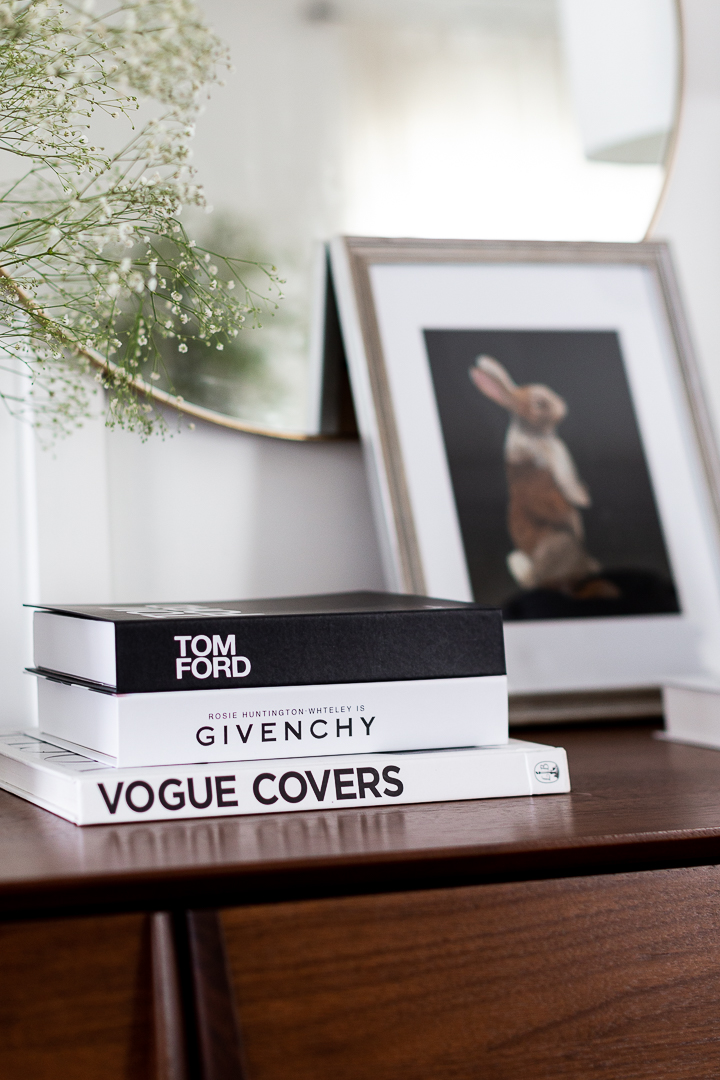Decorative designer books are more than just objects—they are gateways into the worlds of art, culture, and design. Over the years, I’ve developed a passion for these stylish tomes that serve as both literary treasures and stunning decor pieces. In this article, we will delve into everything you need to know about decorative designer books, including their benefits, styles, and essential tips for incorporating them into your home.
What are Decorative Designer Books?
Decorative designer books are beautifully curated volumes that often feature stunning photography, unique illustrations, and insightful writing. They are typically oversized and bound in luxurious materials, making them perfect for display in homes, offices, or public spaces.
The History and Evolution of Decorative Books
While books have been around for centuries, decorative designer books began to gain popularity in the 20th century as more people sought ways to express their individuality and taste. Initially favored by the elite, these books have now permeated all levels of society, gaining appreciation for their aesthetic value as much as their content.
Why Invest in Decorative Designer Books?
Investing in decorative designer books can elevate your interior decor for several reasons:
- Aesthetic Appeal: These books add color, texture, and style to any space.
- Conversation Starters: Their unique designs and topics can spark interesting conversations.
- Personal Expression: They reflect your interests, hobbies, and personality.
Types of Decorative Designer Books
Decorative designer books come in various categories. Here are some popular types:

- Art Books: Featuring works from famous artists and photographers.
- Fashion Books: Chronicles of fashion history, designers, and style trends.
- Travel Books: Stunning imagery and stories from around the globe.
- Home Decor Books: Inspiration for interiors and styling tips.
How to Choose Decorative Designer Books
Picking the right decorative designer books can be a fun yet challenging task. Here are some tips to guide your choice:

Consider Your Personal Style
Think about the overall design aesthetic of your home. Are you leaning towards modern, rustic, or eclectic styles? Choose books that complement your decor theme.
Select Topics of Interest
From art and architecture to travel and fashion, select topics that resonate with you. This way, you’ll enjoy looking through them as decorative elements and educational resources.

Pay Attention to Size and Color
The size and color of the books should harmonize with your existing decor. Oversized books make bold statements, while smaller ones can be grouped for a layered look.
Size Guide for Decorative Designer Books
| Size | Best Use | Interior Style |
|---|---|---|
| Small (6×9 inches) | Table tops, shelves | Minimalist, Modern |
| Medium (9×12 inches) | Livng rooms, Bedrooms | Eclectic, Transitional |
| Large (12×16+ inches) | Coffee tables, Display areas | Contemporary, Artistic |

Where to Find Decorative Designer Books
The hunt for the perfect decorative books can be a rewarding experience. Here are some great places to look:
Online Retailers
Websites like Amazon, Book Depository, and Anthropologie offer a vast selection. You can easily compare prices and find reviews to guide your choices.

Local Bookstores
Don’t underestimate the charm of local independent bookstores. They often carry unique selections and can provide personalized recommendations.
Thrift Shops and Flea Markets
These places can be goldmines for finding vintage and rare decorative books at a fraction of the cost.

Design and Home Decor Stores
Retailers like West Elm and CB2 frequently carry stylish coffee table books that fit right into their curated collections.
Displaying Decorative Designer Books
Placement is key to maximizing the beauty of decorative books. Here are some creative ways to display them:
On Coffee Tables
Stack a few books on your coffee table, perhaps paired with a decorative tray or a small plant for added interest.
On Bookshelves
Mix your decorative books with other items like vases and art pieces to create a dynamic visual look.
As Centerpieces
Use large, stunning books as centerpieces in dining settings or console tables, combining them with candles or flowers.
Examples of Stylish Displays
| Display Type | Description | Best Use |
|---|---|---|
| Stacked | Books in piles with decorative objects on top. | Coffee tables, Side tables |
| Open | One book open on a stand or laid out. | Entryways, Shelving |
| Layered | Books layered behind smaller decor items. | Bookshelves, Desks |
Pros and Cons of Decorative Designer Books
Like anything else, decorative designer books have their advantages and disadvantages. Here’s a closer look:
Pros
- Enhances home aesthetics
- Inspires creativity and learning
- Durable and long-lasting
Cons
- Can be pricey, depending on the brand
- Space-consuming; requires dedicated storage/display
- Less practical for everyday reading
Conclusion
Whether you are a seasoned collector or just starting to explore the world of decorative designer books, there is always something unique to discover. They are not merely decorative items; they tell stories and enhance our living spaces. I encourage you to explore various styles and find those books that resonate with your personal tastes.
FAQs about Decorative Designer Books
What are the best topics for decorative designer books?
Some popular topics include art, fashion, travel, and interior design. Choose topics that align with your interests and home decor style.
How can I display decorative designer books attractively?
Consider stacking them, using them as centerpieces, or mixing them with other decorative items on shelves to create visual interest.
Where can I find affordable decorative designer books?
Thrift shops, flea markets, and online retailers often have great deals on decorative books. Don’t forget to check local independent bookstores!
Are decorative designer books worth the investment?
Yes! They provide both aesthetic value and serve as conversation starters, making them a worthwhile addition to any space.